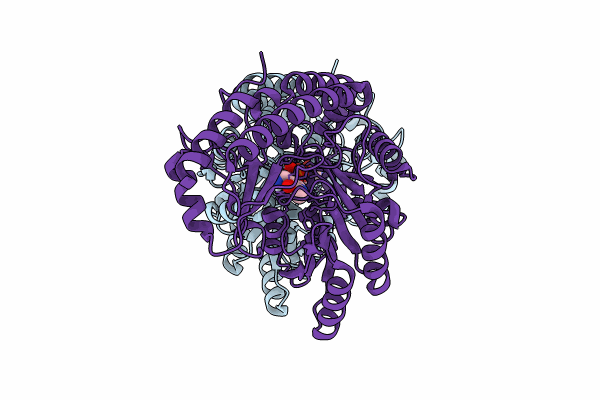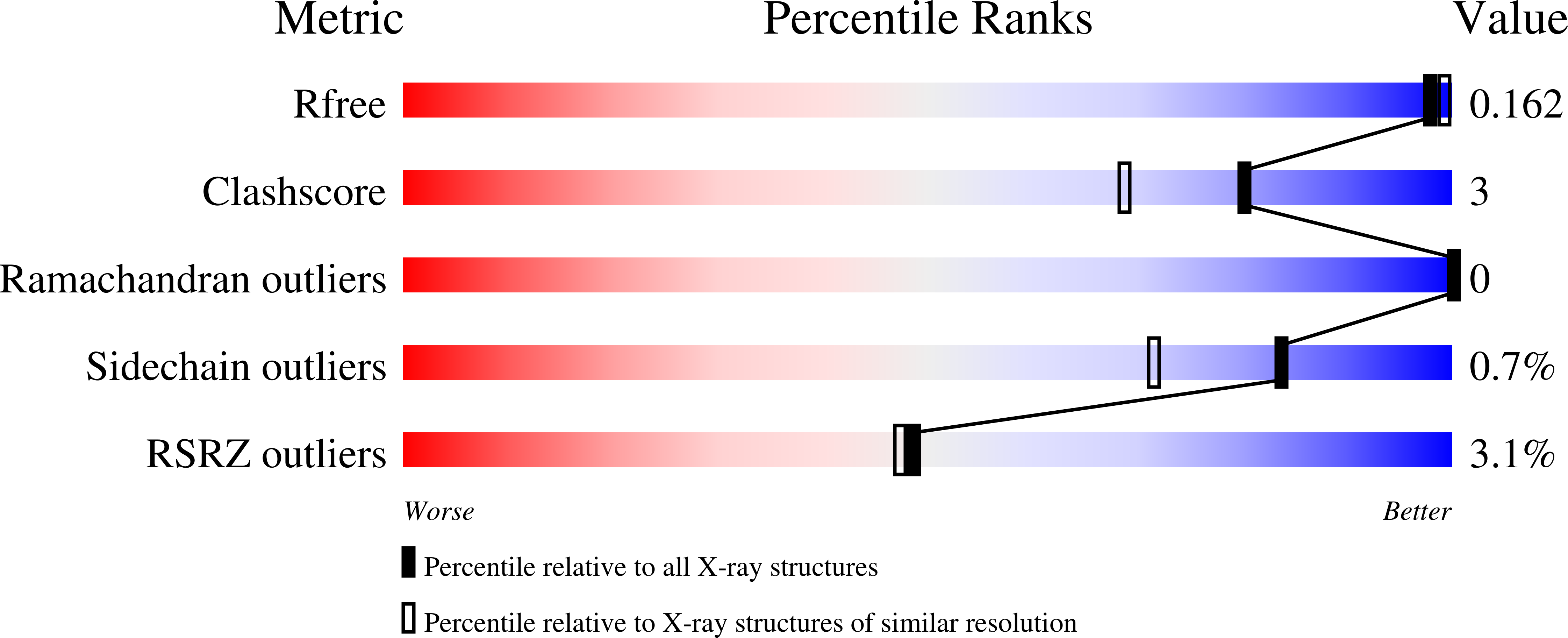
Deposition Date
2023-08-01
Release Date
2023-11-22
Last Version Date
2023-11-22
Entry Detail
PDB ID:
8TN3
Keywords:
Title:
Structure of S. hygroscopicus aminotransferase MppQ complexed with pyridoxamine 5'-phosphate (PMP)
Biological Source:
Source Organism:
Streptomyces hygroscopicus (Taxon ID: 1912)
Host Organism:
Method Details:
Experimental Method:
Resolution:
1.63 Å
R-Value Free:
0.16
R-Value Work:
0.13
R-Value Observed:
0.13
Space Group:
P 1 21 1


